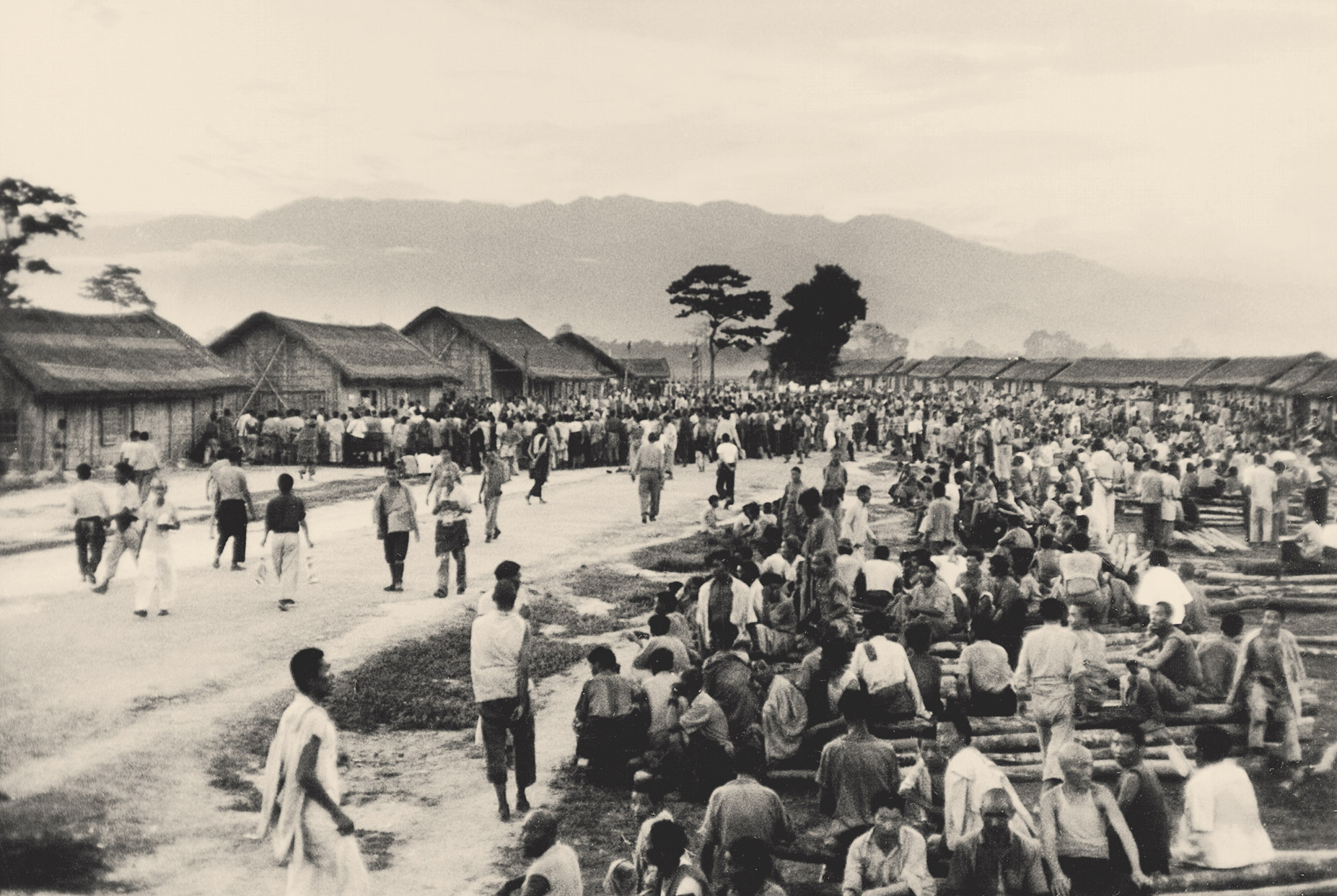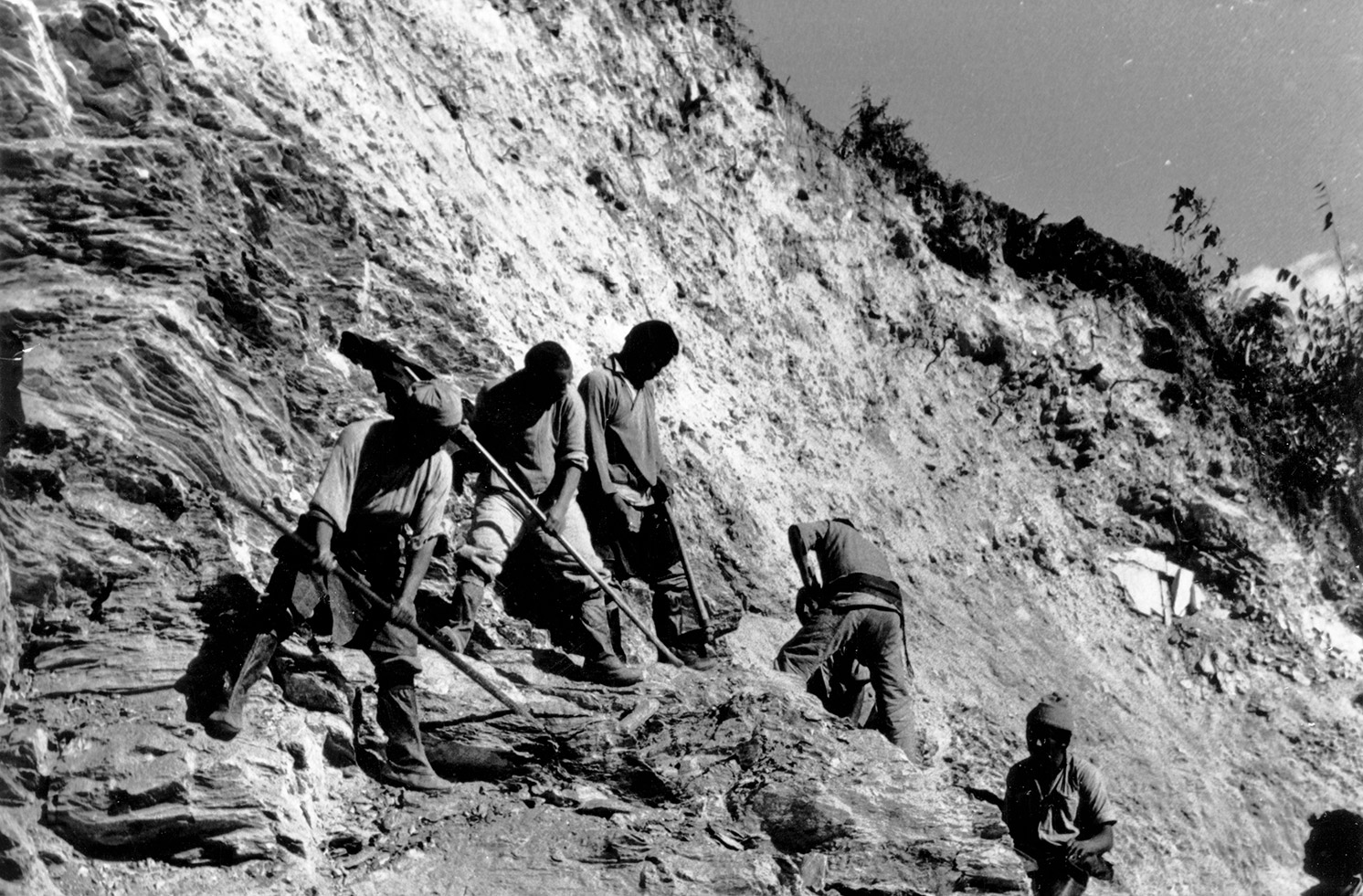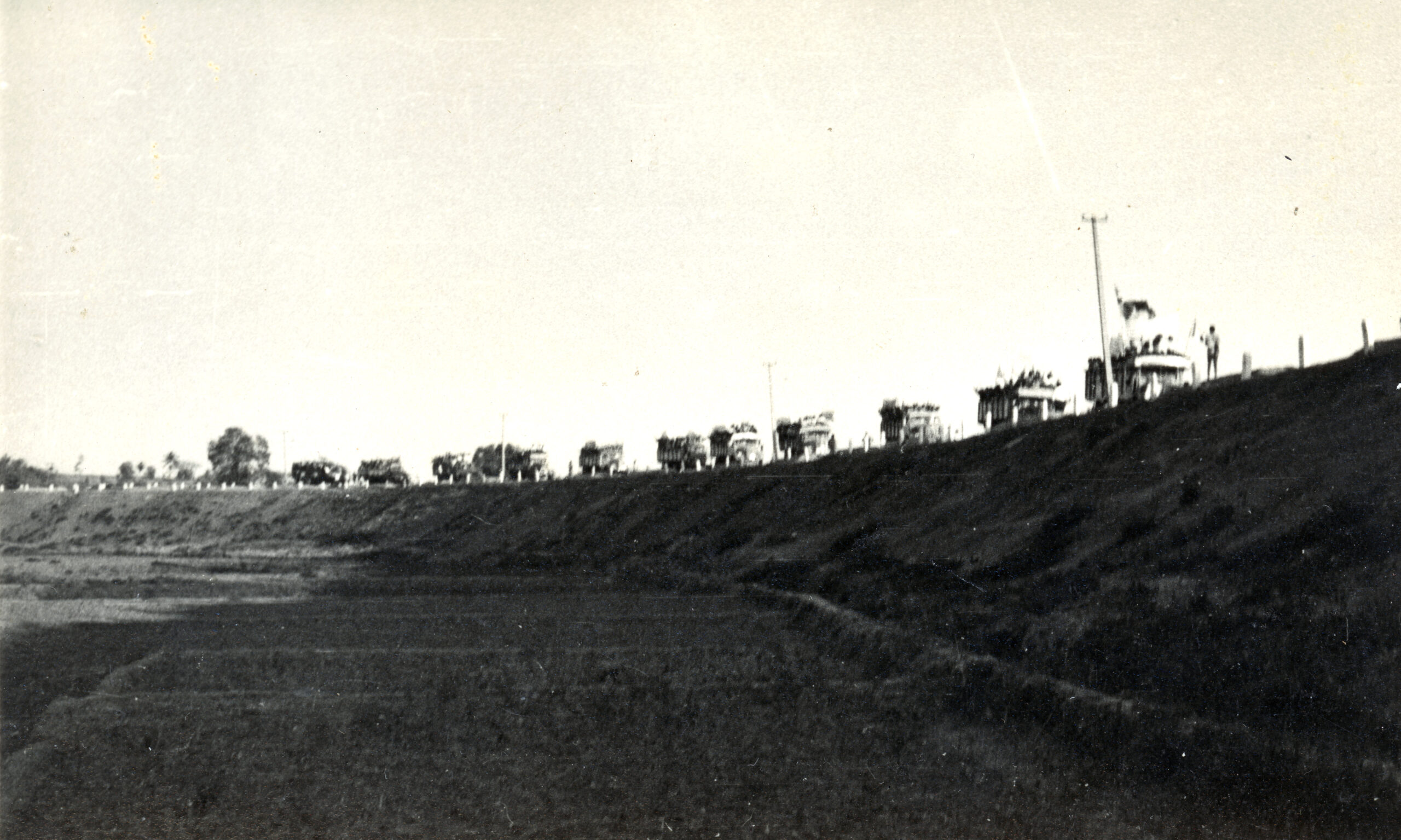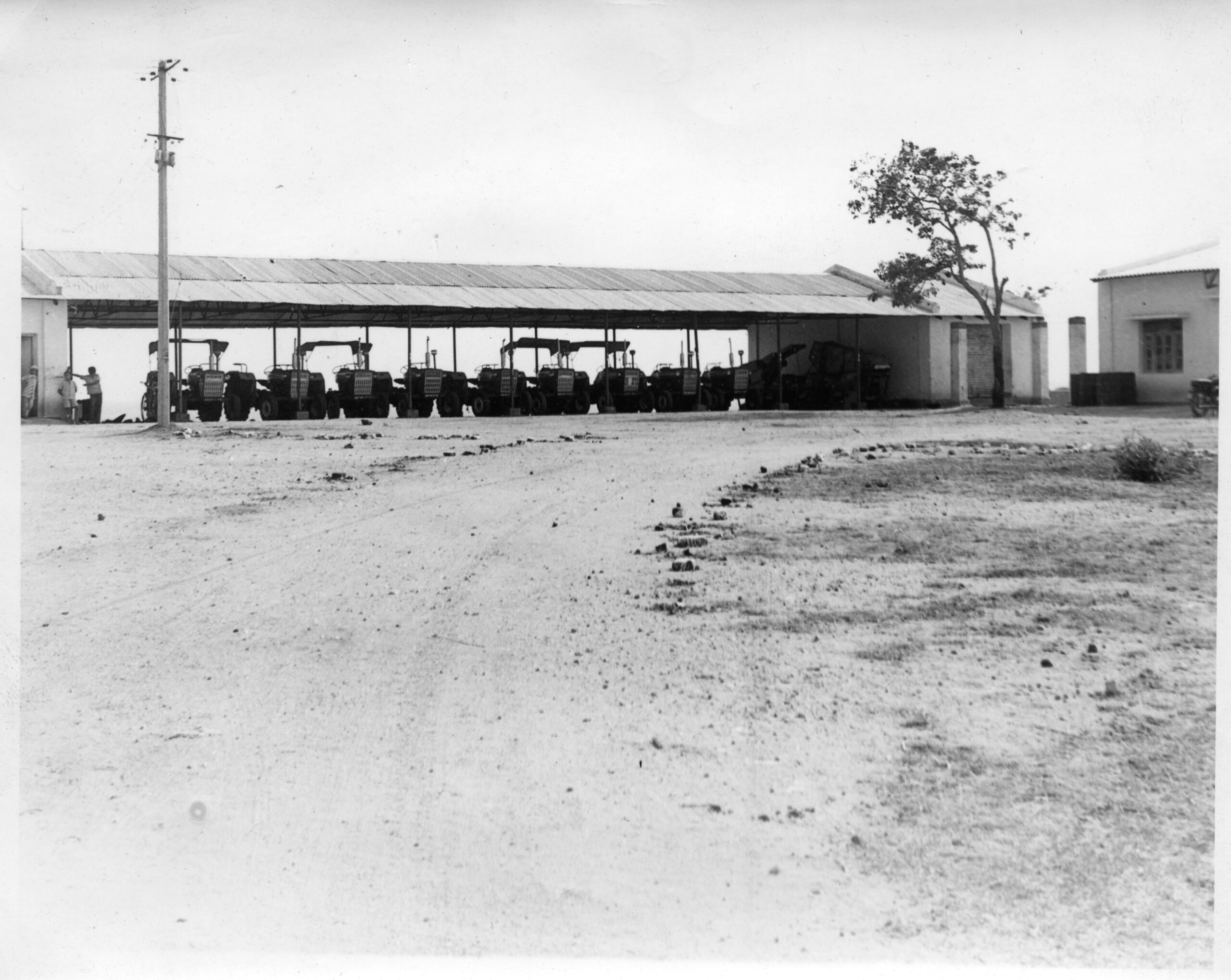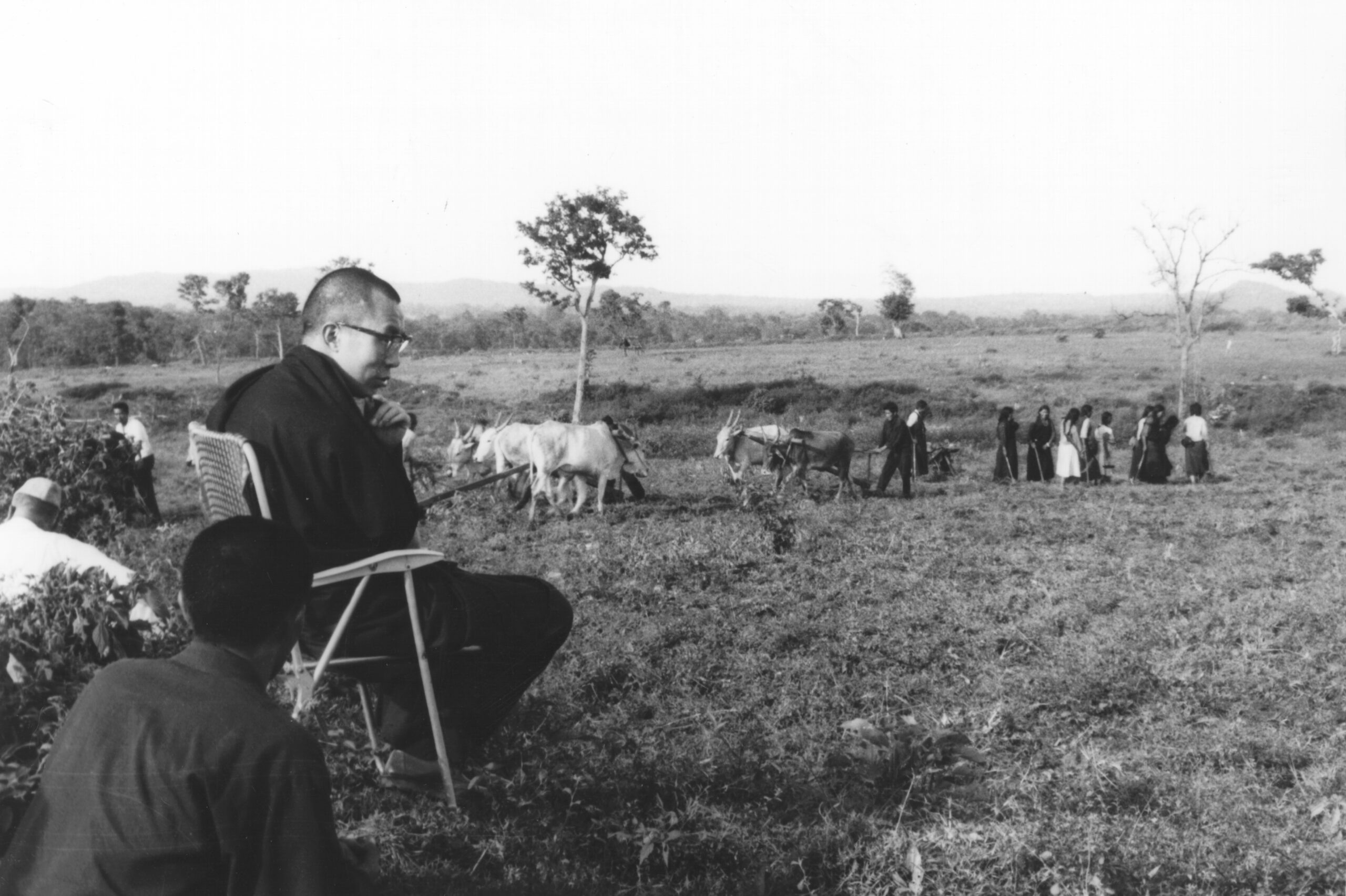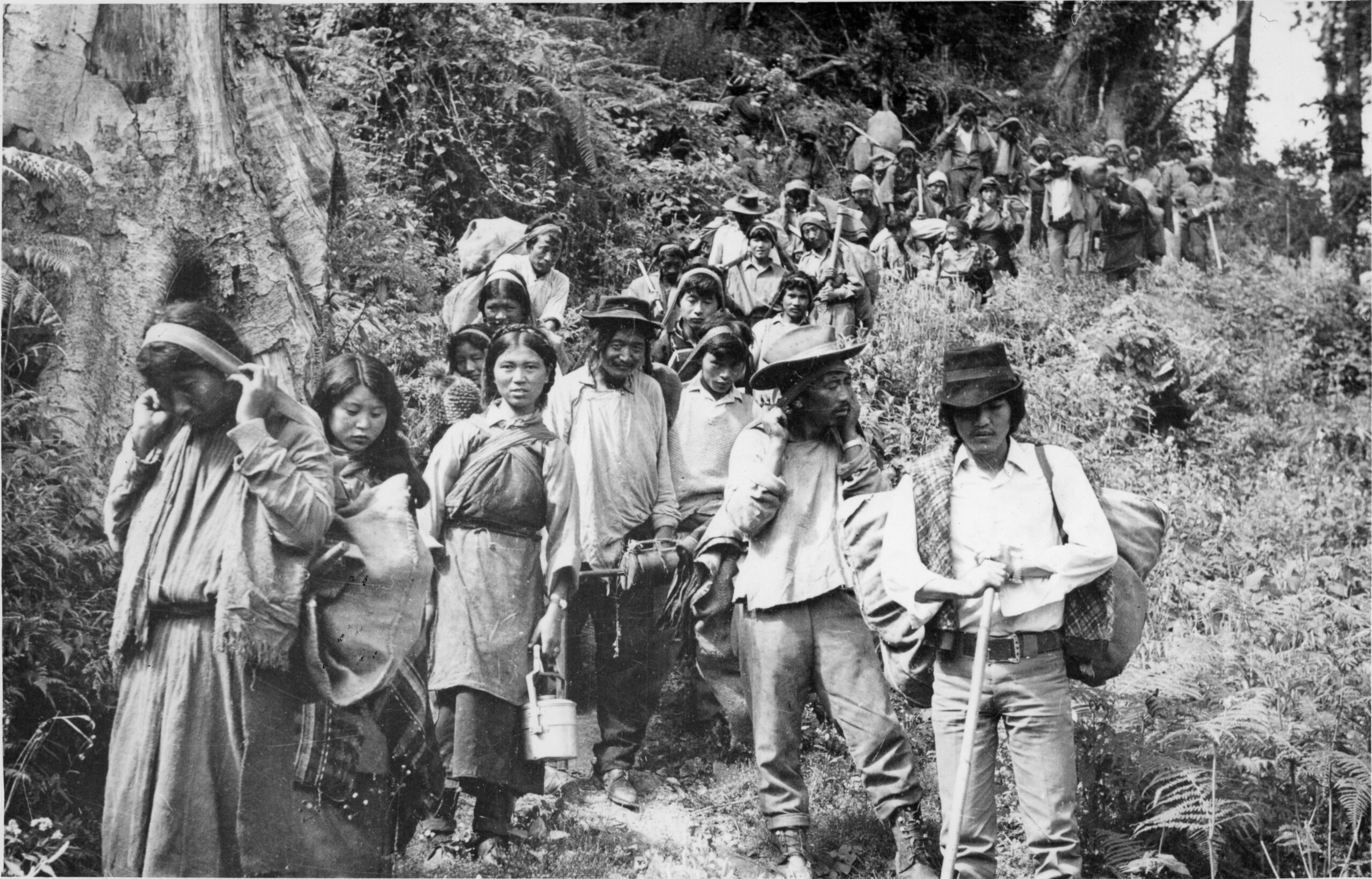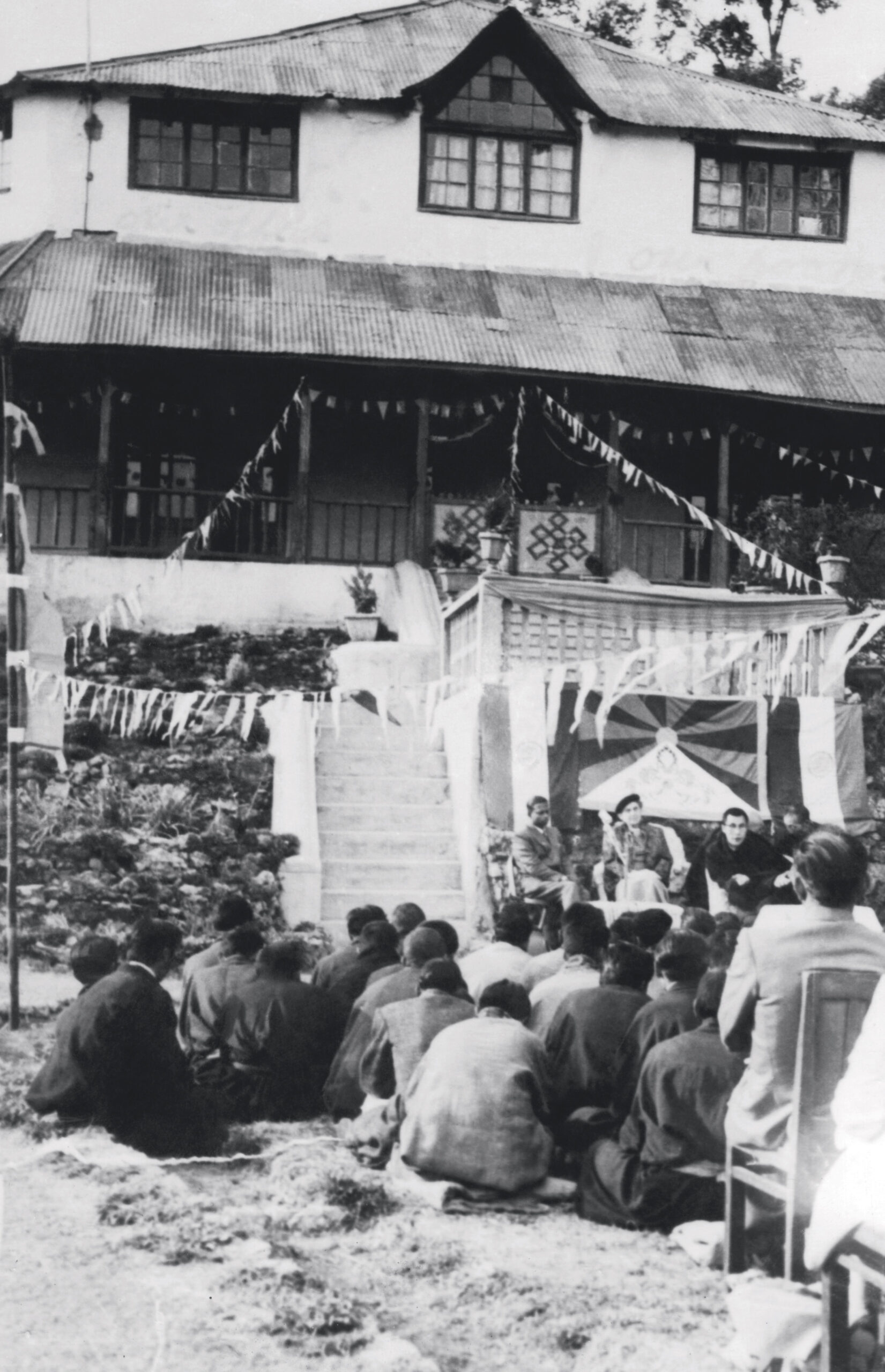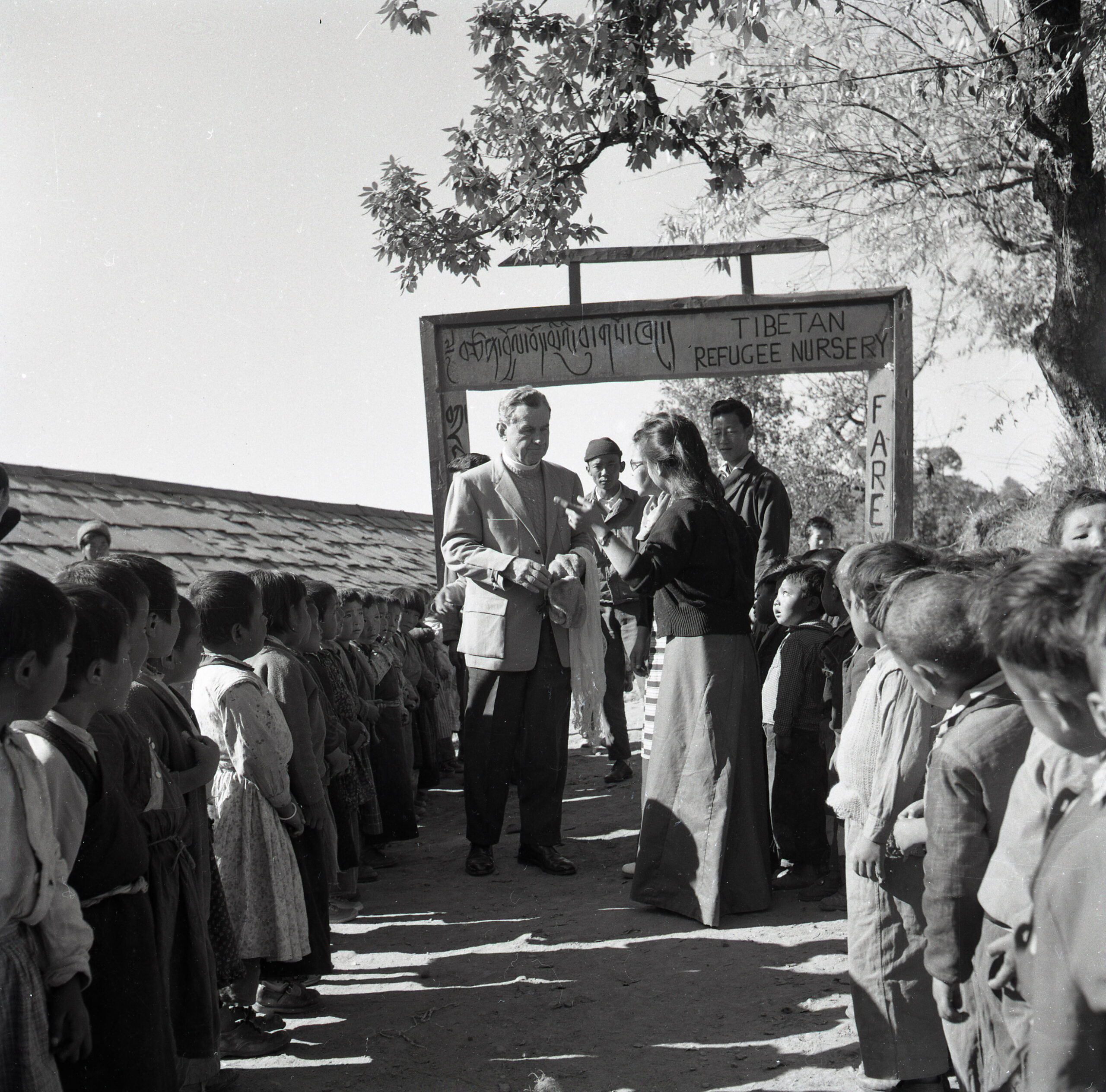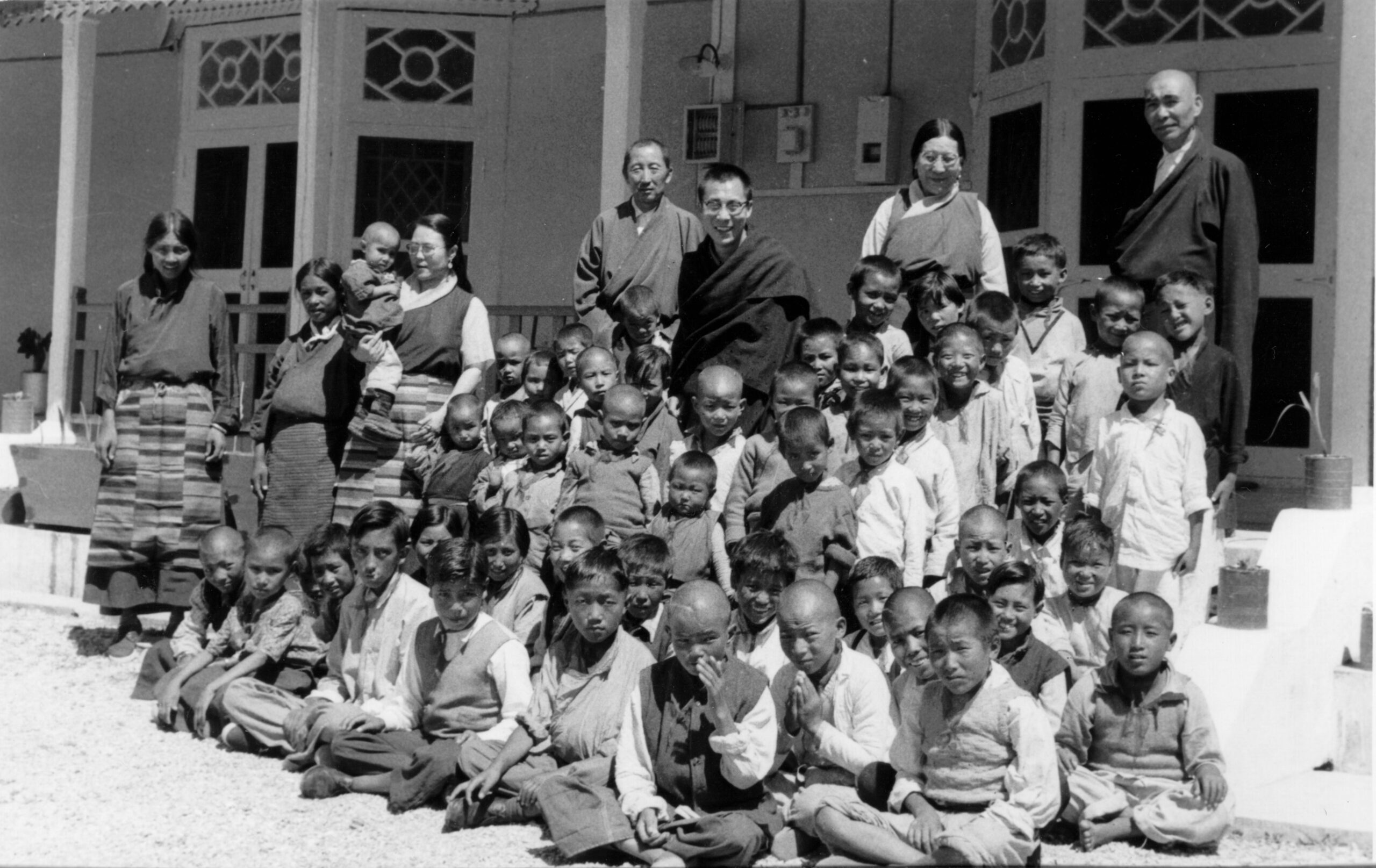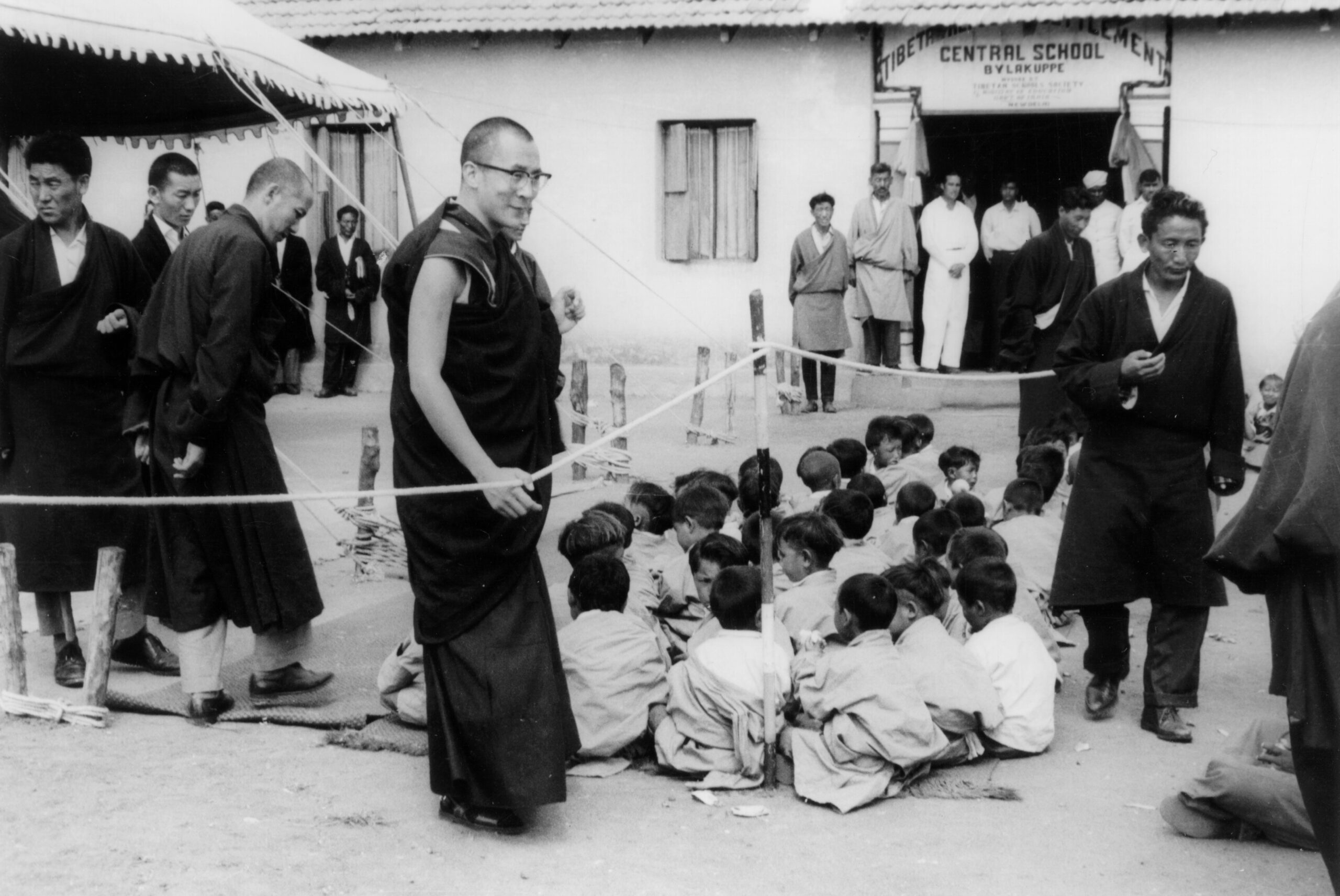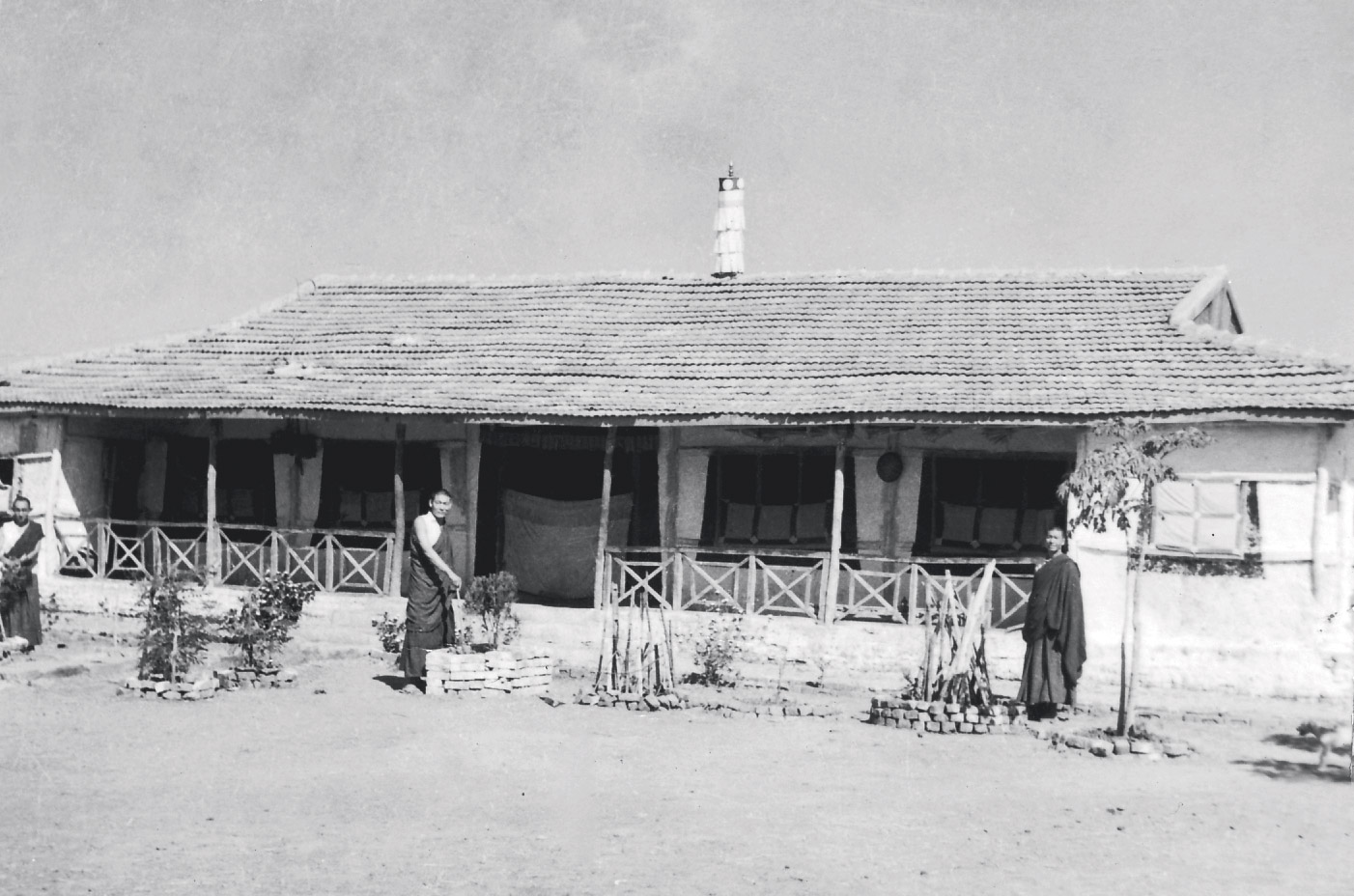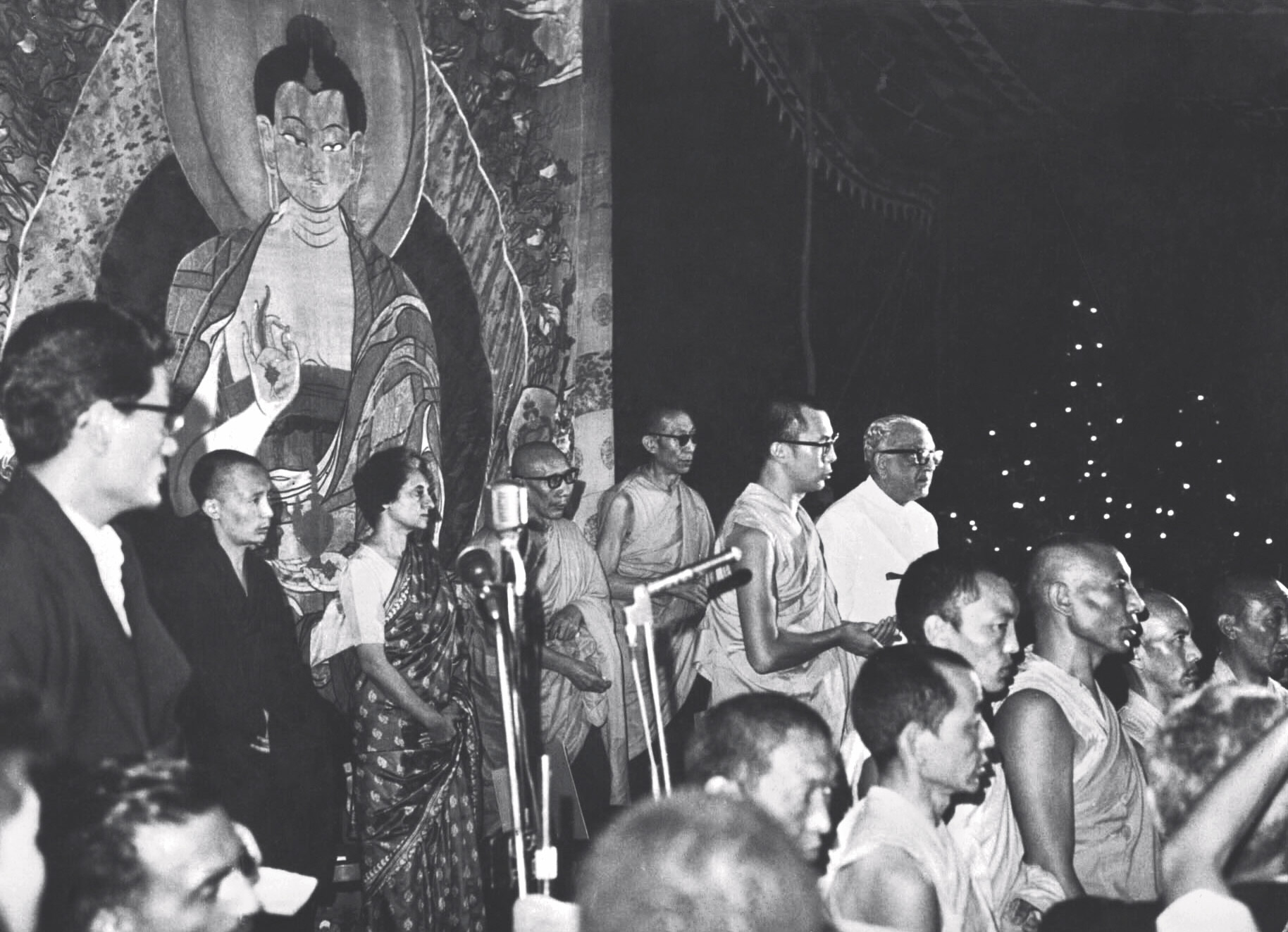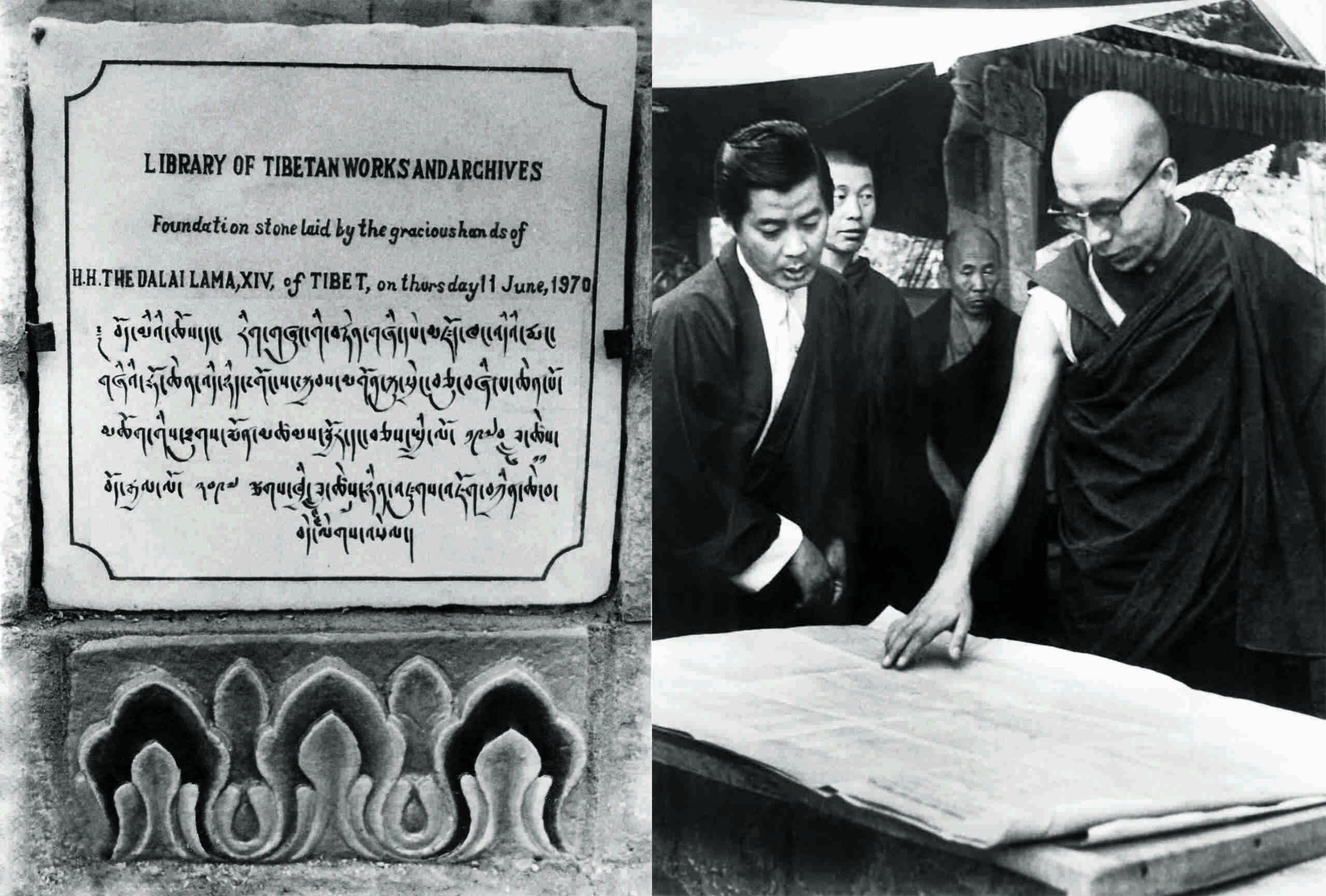

Rebuilding a Nation in Exile
Following His Holiness the 14th Dalai Lama’s escape in March 1959, tens of thousands of Tibetans fled into exile. Many perished due to harsh conditions and attacks by Chinese forces, but thousands reached safety in India, Nepal, and Bhutan.
One of His Holiness’s first priorities was the rehabilitation of the refugee community. At his request, the Government of India established transit camps in Missamari and Buxa, West Bengal. Many Tibetans later moved to higher-altitude regions in northern India. In the early years, most survived by working as road laborers in the Himalayas, enduring harsh and often dangerous conditions.
Recognizing the need for long-term resettlement, His Holiness appealed to Prime Minister Nehru for land. The government of Karnataka (then Mysore) generously leased 3,000 acres for the first Tibetan agricultural settlement. In December 1960, 666 refugees arrived to clear forests, build homes, and cultivate the land. His Holiness named the settlement Lugsum Samdup Ling. Similar settlements soon followed across India, Nepal, and Bhutan, supported by farming, handicrafts, and cooperative enterprises.
Today, 44 Tibetan settlements across South Asia offer homes, livelihoods, and a sense of community.
Education was another urgent priority. With Indian government support, the first Tibetan school opened in Mussoorie in March 1960. The Central Tibetan Schools Administration was later created to manage Tibetan schools across India. By the mid-1960s, schools existed in every major settlement, blending modern education with cultural preservation. In 1960, His Holiness’s elder sister, Tsering Dolma Takla, founded the Tibetan Refugee Children’s Nursery in Dharamsala. It later became the Tibetan Children’s Village (TCV), led for decades by Holiness’s younger sister Jetsun Pema.
Today, the Department of Education of the Central Tibetan Administration (CTA) oversees over 60 schools across India and Nepal, ensuring quality education rooted in Tibetan identity.
The destruction of more than 6,000 monasteries during the Cultural Revolution endangered Tibet’s cultural heritage. In exile, His Holiness prioritized its preservation. Over 200 monasteries and nunneries have been re-established across South Asia. Institutions like the Library of Tibetan Works and Archives, the Tibetan Institute of Performing Arts, Men-Tsee-Khang (Tibetan Medical and Astro Institute), and the Central Institute of Higher Tibetan Studies continue to protect and promote Tibet’s spiritual, artistic, and scholarly traditions.
Though uprooted, the Tibetan people—under His Holiness’s leadership—have rebuilt not just lives, but a resilient nation in exile, where identity, culture, and community continue to flourish.
